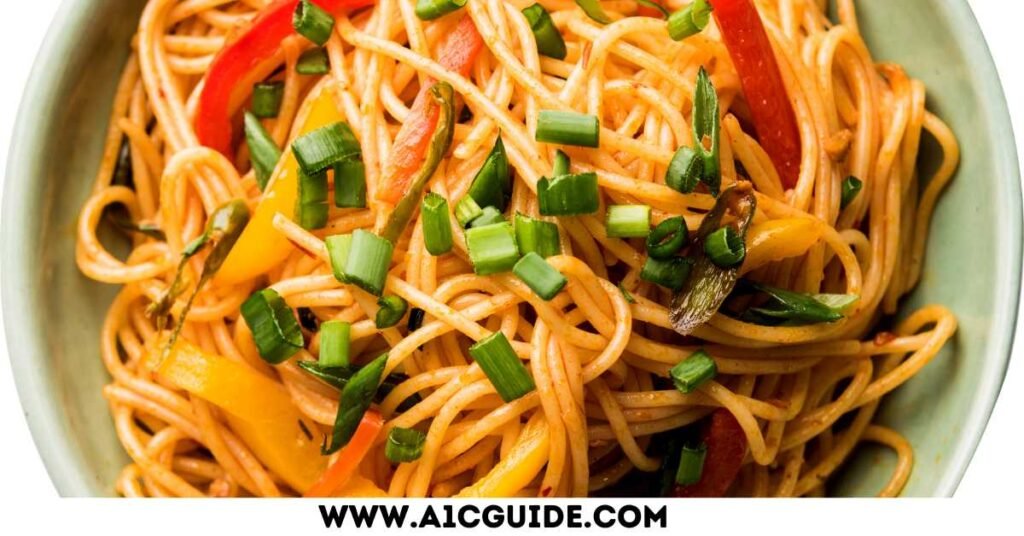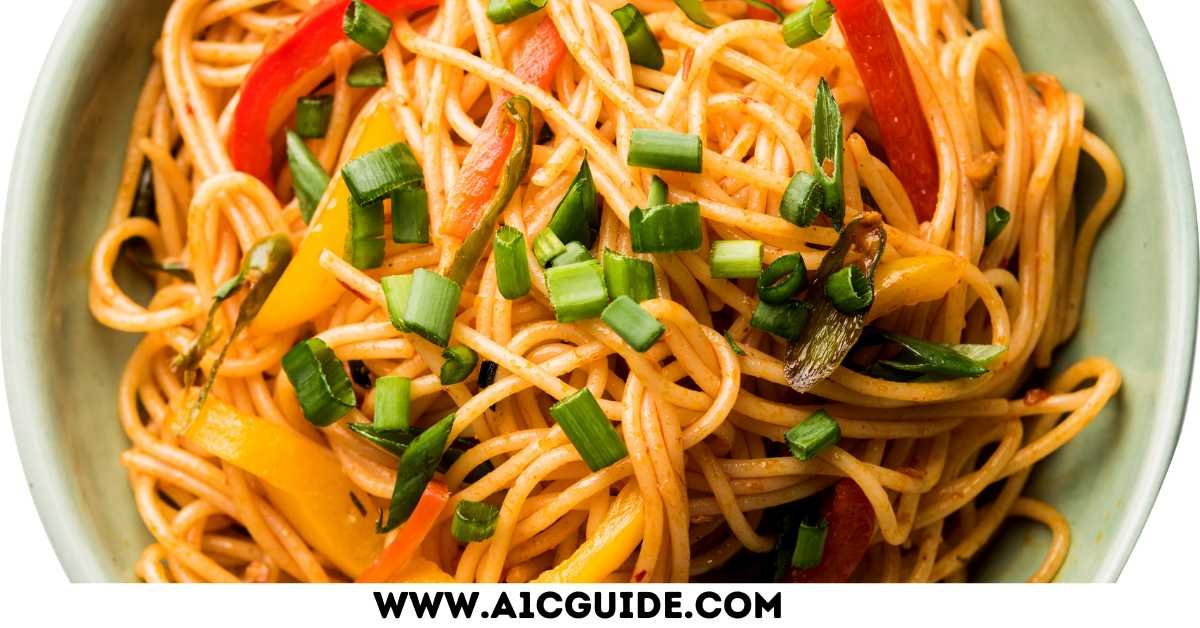Table of Contents
Living with diabetes often involves a meticulous approach to food choices. Fortunately, there’s a culinary delight that satisfies taste buds and fits seamlessly into a diabetic-friendly diet – Shirataki noodles.
These translucent, gelatinous noodles, made from the konjac yam’s root, offer many benefits for those managing diabetes.
What Are Shirataki noodles?
Shirataki noodles, originating from Japan, are low-calorie, low-carb, and gluten-free noodles made from the konjac yam. The yam’s fiber, glucomannan, is responsible for these noodles’ unique texture and health benefits.
Nutritional Profile
- Virtually zero calories: Shirataki noodles contain only negligible calories, making them an ideal choice for those looking to manage their weight alongside diabetes.
- Low carbohydrate content: With minimal carbohydrates, these noodles have no impact on blood sugar levels, making them a favorable option for individuals with diabetes.
- High in fiber: The glucomannan fiber in Shirataki noodles aids digestion, slowing down glucose absorption, and helps control blood glucose levels.
Shirataki Noodles And Diabetes Management
Blood Sugar Control
- Slow glucose absorption: The soluble fiber in Shirataki noodles forms a gel-like substance in the digestive tract, slowing down glucose absorption. This gradual release helps in preventing spikes in blood sugar levels.
- Glycemic index considerations: Shirataki noodles have a low glycemic index, meaning they have a minimum impact on blood sugar. Shirataki noodles are an excellent choice for people with diabetes who need to be mindful of their glycemic response to foods.
Weight Management
- Calorie control: Shirataki noodles are an ally in weight management, providing a satisfying, low-calorie alternative to traditional pasta or rice. It is crucial for individuals with diabetes, as maintaining a healthy weight is often an essential aspect of diabetes management.
- Increased satiety: The high fiber content of shirataki noodles promotes a feeling of fullness, reducing the likelihood of overeating, and can be especially beneficial for those with diabetes working towards weight control.
Incorporating Shirataki Noodles Into The Diabetic Diet
Versatile Culinary Canvas
- Flavor absorption: Shirataki noodles readily absorb the flavors of the dishes you make them with, making them a versatile ingredient in various cuisines.
- Swap for traditional noodles: Replace high-carb pasta or rice with Shirataki noodles in your favorite recipes to create diabetes-friendly versions of classic dishes.
Cooking Tips and Recipes
- Rinse thoroughly: It is essential to rinse Shirataki noodles thoroughly before cooking to eliminate the natural aroma of konjac yam.
- Try stir-frying: Stir-frying Shirataki noodles with colorful vegetables, lean proteins, and diabetic-friendly sauces can result in a delicious and satisfying meal.
- Cold noodle salads: Create refreshing salads with Shirataki noodles, incorporating fresh vegetables, herbs, and a light vinaigrette for a diabetes-friendly lunch or dinner option.
Potential Considerations

Start Gradually
- Individual tolerance: While Shirataki noodles are generally well-tolerated, individuals may respond differently. Introducing them gradually into your diet and monitoring blood sugar levels is advisable.
Hydration
- Adequate water intake: The high fiber content in shirataki noodles requires sufficient water intake to aid digestion and prevent potential digestive discomfort.
FAQs
- What are the best noodles for diabetics?
Considering its low glycemic index and nutritional profile, Shirataki noodles are one of the best noodles available for individuals with diabetes.
- Does Shirataki noddles spike blood sugar?
Shirataki noodles have a low glycemic index.
The soluble fiber in Shirataki noodles also slows down the body’s carbohydrate absorption rate, avoiding blood sugar spikes in people with diabetes.
- What is the glycemic load of Shirataki noodles?
Shirataki noodles do not contain any usable carbohydrates.
The glycemic index of Shirataki noodles is 0, making it an excellent option for individuals with diabetes who enjoy eating noodles.
- Are Shirataki noodles healthier than rice noodles?
Yes, most probably.
The rice noodles contain high levels of carbohydrates and calories, whereas Shirataki noodles contain 97% water and 3% glucomannan fiber and have a negligible glycemic index.
Conclusion
Shirataki noodles emerge as a culinary hero for individuals managing diabetes, offering a delicious and versatile alternative to traditional high-carb staples. With their impressive nutritional profile, Shirataki noodles contribute to blood sugar control and weight management.
As part of a balanced and varied diet, Shirataki noodles can be a delightful addition, proving that managing diabetes doesn’t mean compromising flavor or satisfaction.
